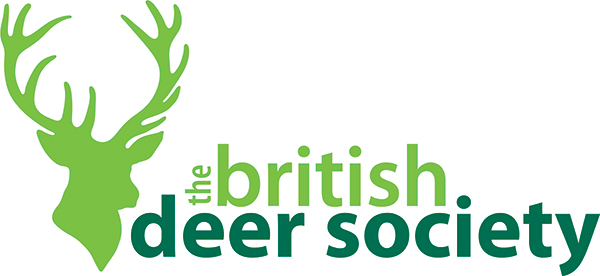Advice for Drivers
If you see a deer on the road, be aware that others may well cross after the one you have noticed: deer will more often move around in groups than alone.
The dashcam footage below from the BDS Deer Officer’s vehicle shows how a deer group crossing the road at night might easily catch-out a driver.
Drivers Advice – Deer Vehicle Collisions
-
After dark, use full-beam when there is no oncoming traffic.
Your headlights will illuminate the eyes of deer on or near a roadway giving you earlier warning and greater reaction time. BUT, when a deer or other animals is noted on the road, dip your headlights as animals startled by the beam may ‘freeze’ rather than leaving the road.
-
Don’t over-swerve to avoid a deer.
If a collision with the animal seems inevitable, then hit it while maintaining full control of your car. The alternative of swerving into oncoming traffic or a ditch could be even worse. An exception here may be motorcyclists, who are at particular risk when in direct collisions with animals.
-
Only brake sharply and stop if there is no danger of being hit by following traffic.
Try to come to a stop as far in front of the animal as possible to enable it to leave the roadside without panic.
-
Report any deer-vehicle collisions to the police.
The police will contact the local person best able to help with an injured deer at the roadside. Do not approach an injured deer yourself it may be dangerous.
If you wish to report a deer-vehicle collision or to find out more on safety advice please visit www.deeraware.com
Many police constabularies coordinate schemes for the humane despatch of animals injured in road collisions.’ and ‘The police should always be advised if a deer carcass is likely to present a hazard to road users.



